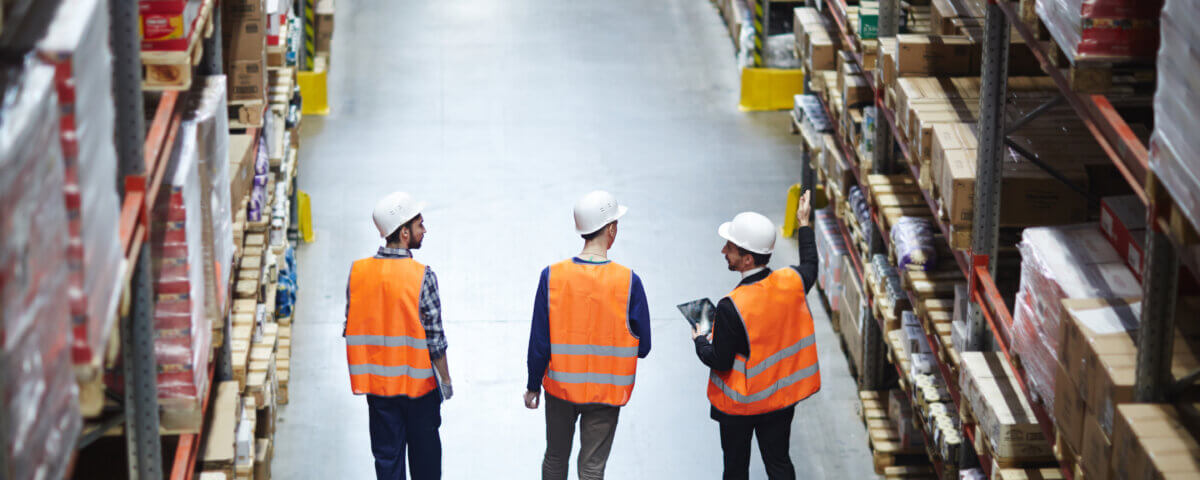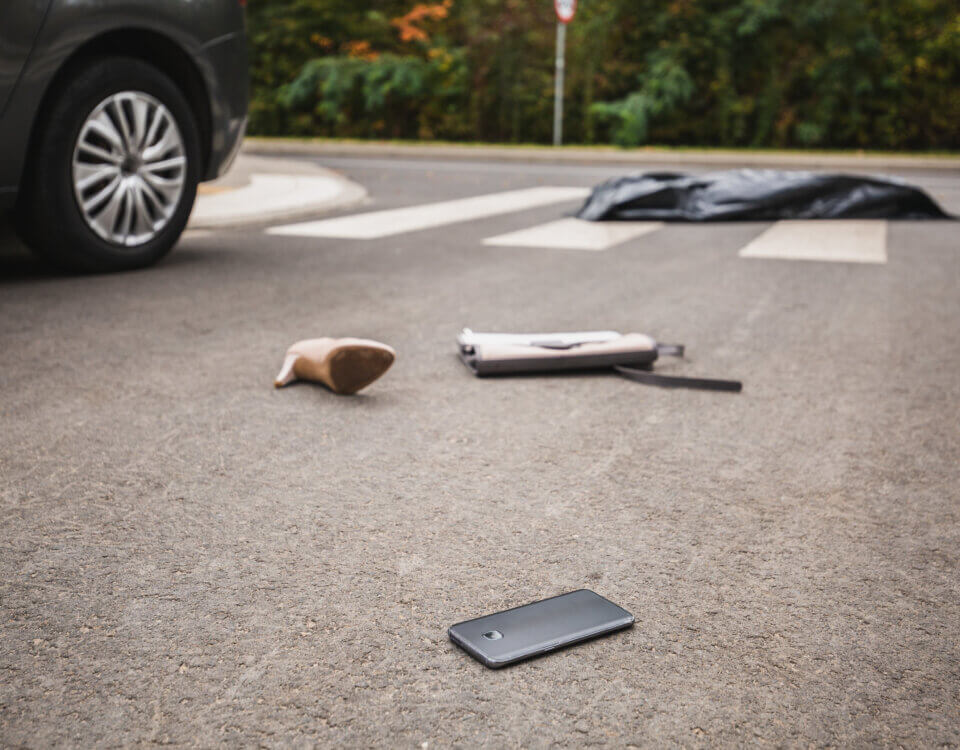Warehouses are busy, high-traffic environments where both workers and customers face unique safety risks. With forklifts, heavy machinery, stacked inventory, and constant foot traffic, warehouse pedestrian safety must remain a top priority. Creating safe conditions isn’t just about compliance it’s about preventing serious accidents and protecting lives.
At Hillstone Law, we understand how devastating pedestrian accidents in warehouses can be. Below, we outline the biggest factors that impact safety and the steps facilities can take to reduce risks.
Managing Peak Seasons
Peak seasons bring higher volumes of inventory, customers, and staff. For example, summer months often see heavy crowds at large retailers like Costco, Sam’s Club, Home Depot, and Lowe’s. With more people and tighter deadlines, the risk of pedestrian accidents increases dramatically.
To reduce these risks during busy periods, warehouses should:
- Implement strict safety protocols
- Conduct regular safety drills
- Improve communication systems among staff
- Assign additional floor supervisors during peak hours
Being proactive during high-demand months helps prevent avoidable accidents.
The Role of Proper Lighting
Lighting is one of the simplest yet most critical factors in warehouse pedestrian safety. Poor lighting can lead to slips, trips, and collisions with machinery.
Warehouses can improve safety by:
- Installing bright, consistent lighting throughout the facility
- Using motion sensor lighting in low-traffic areas
- Ensuring walkways and signage remain clearly visible at all times
Good lighting not only prevents accidents but also makes safety protocols easier to follow.
The Importance of Clear Signage
Effective signage is a cornerstone of safety in warehouses. Signs should clearly direct foot traffic, highlight hazardous areas, and remind workers and customers of safe practices.
Options include:
- Floor markings to separate pedestrian walkways from vehicle lanes
- Overhead signs for visibility in large spaces
- Digital signage that provides real-time safety reminders
Universal symbols and color coding help ensure everyone regardless of language understands the warnings.
Challenges Warehouses Face
Even with strong safety measures, warehouses face challenges such as:
- Constantly changing layouts
- New machinery that increases risks
- Increased pedestrian traffic during busy periods
To stay ahead of these risks, warehouses should conduct regular safety audits. Using findings from audits, they can:
- Update safety protocols
- Enhance employee training programs
- Invest in upgraded safety equipment
Proactive strategies are far more effective than waiting to respond after an accident occurs.
Looking Ahead: The Future of Warehouse Safety
Technology is reshaping how warehouses protect pedestrians. Future-focused safety solutions include:
- Wearable tech that alerts workers of nearby dangers
- AI-powered surveillance to monitor risky behavior or unsafe conditions
- Automated warning systems that detect hazards in real time
By integrating these tools, warehouses can create safer, smarter environments that protect both employees and visitors.
Hillstone Law: Advocating for Warehouse Accident Victims
Despite the best safety efforts, warehouse accidents still happen and they can leave victims facing steep medical bills, lost wages, and long-term injuries.
At Hillstone Law, we fight for victims injured in warehouse pedestrian accidents. Whether you were a worker, contractor, or customer, our attorneys know how to hold negligent parties accountable and secure the compensation you deserve.
Call Hillstone Law today for a free consultation. Our team is available 24/7 to review your case and help you take the first step toward justice.
Note: These blog posts are created solely for the use of Hillstone Law. The information is gathered from internet research, publicly available sources, and artificial intelligence (AI) tools such as ChatGPT. While we aim to share helpful and educational content, Hillstone Law does not independently verify every detail. Some information may be incomplete, outdated, or subject to change without notice. If you believe any part of a post is inaccurate, misleading, or infringes upon copyright, please contact Hillstone Law immediately so we can review it and take appropriate action, including correction or removal.
Disclaimer: The material provided in these blogs is for general informational purposes only and should not be considered legal advice. Reading these posts does not create, and is not intended to create, an attorney-client relationship with Hillstone Law. Our intent is to share knowledge, raise awareness, and provide helpful resources to the public; however, Hillstone Law makes no warranties or guarantees about the accuracy, completeness, or reliability of the information provided, and expressly disclaims liability for any actions taken in reliance on it. The photos used in these posts are for illustrative purposes only and do not depict actual clients, individuals, or incidents unless expressly stated. If you or a loved one has been injured in an accident, please contact Hillstone Law at (855) 691-1691. Our attorneys are available to answer your legal questions and help you understand your rights.







